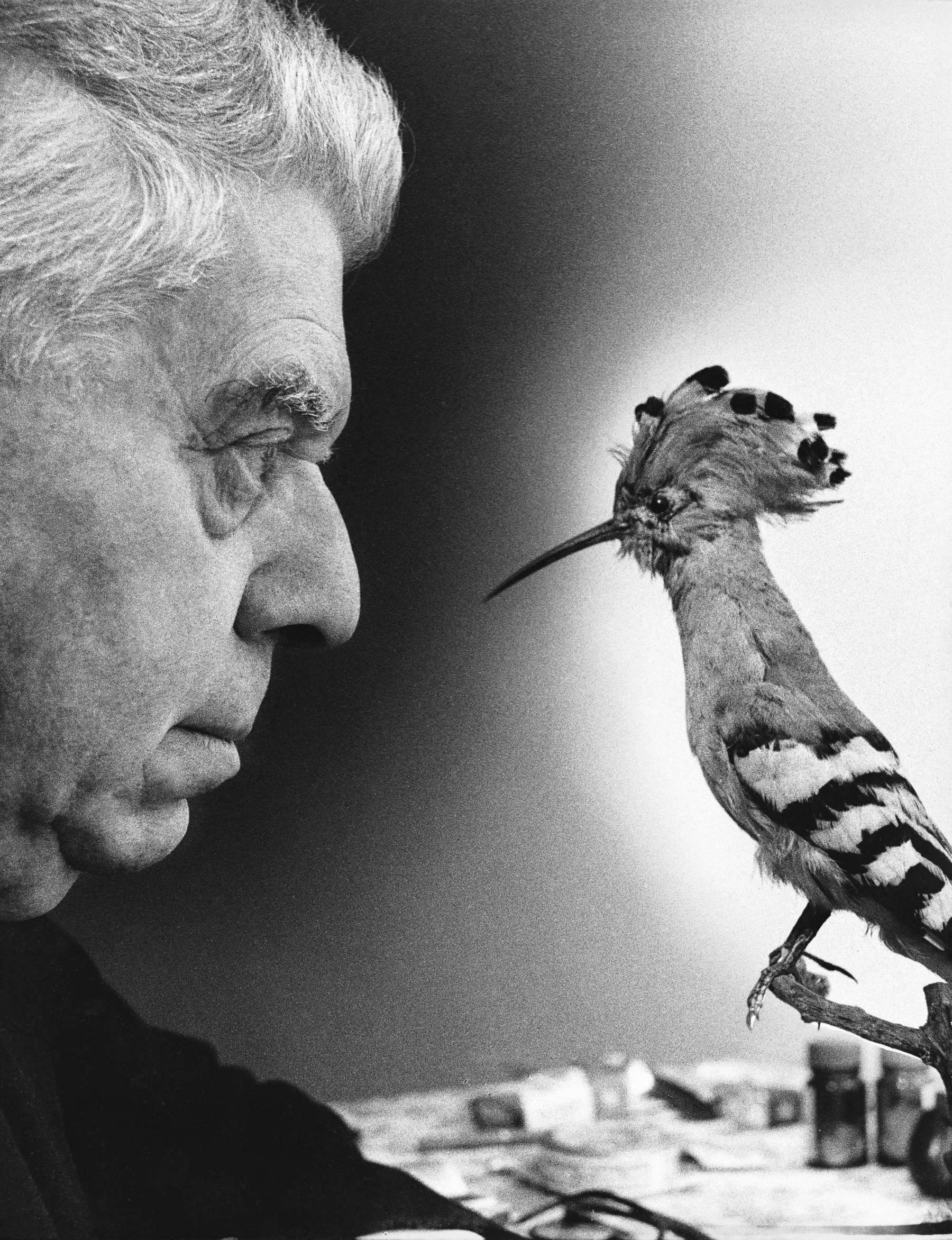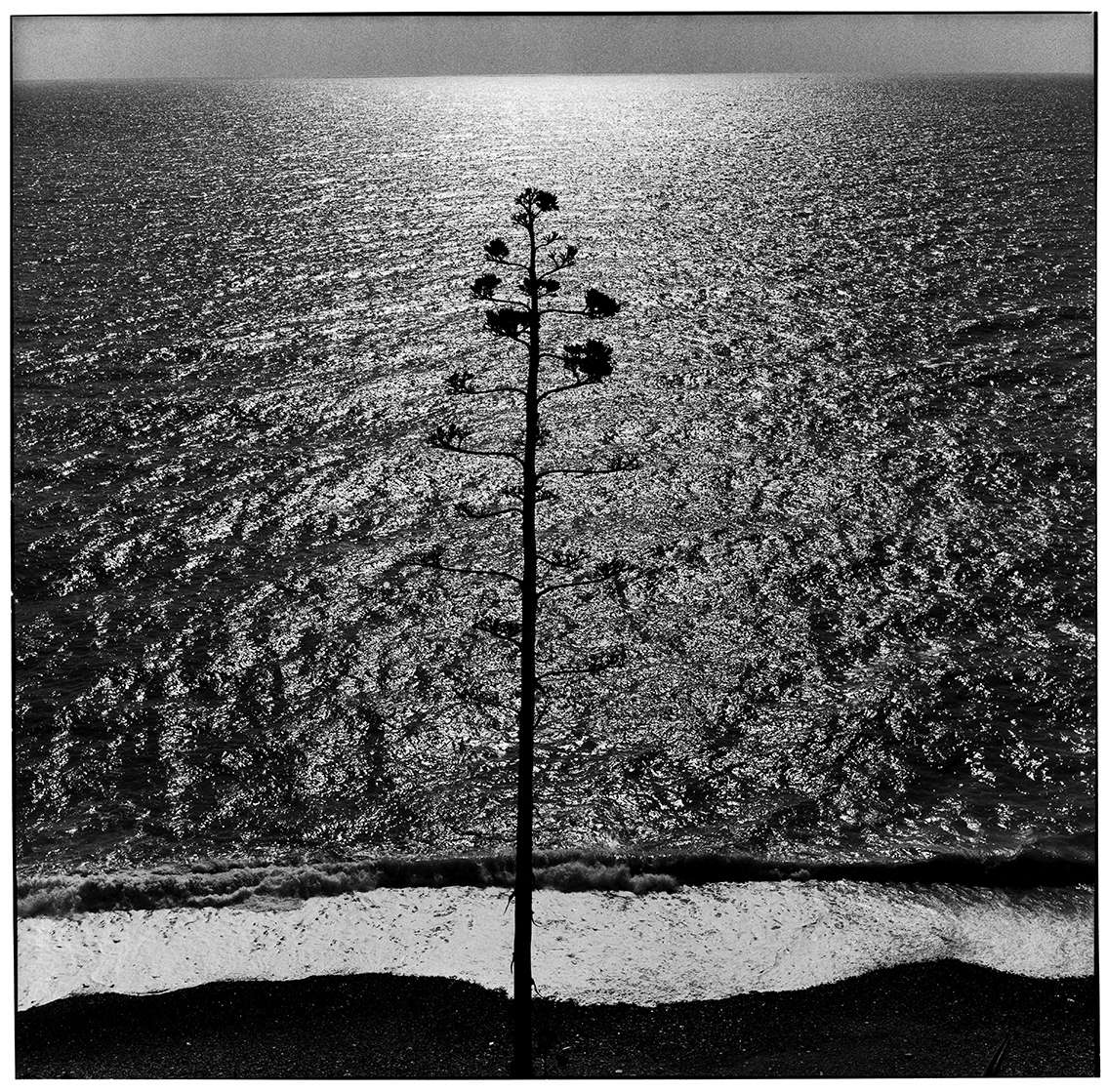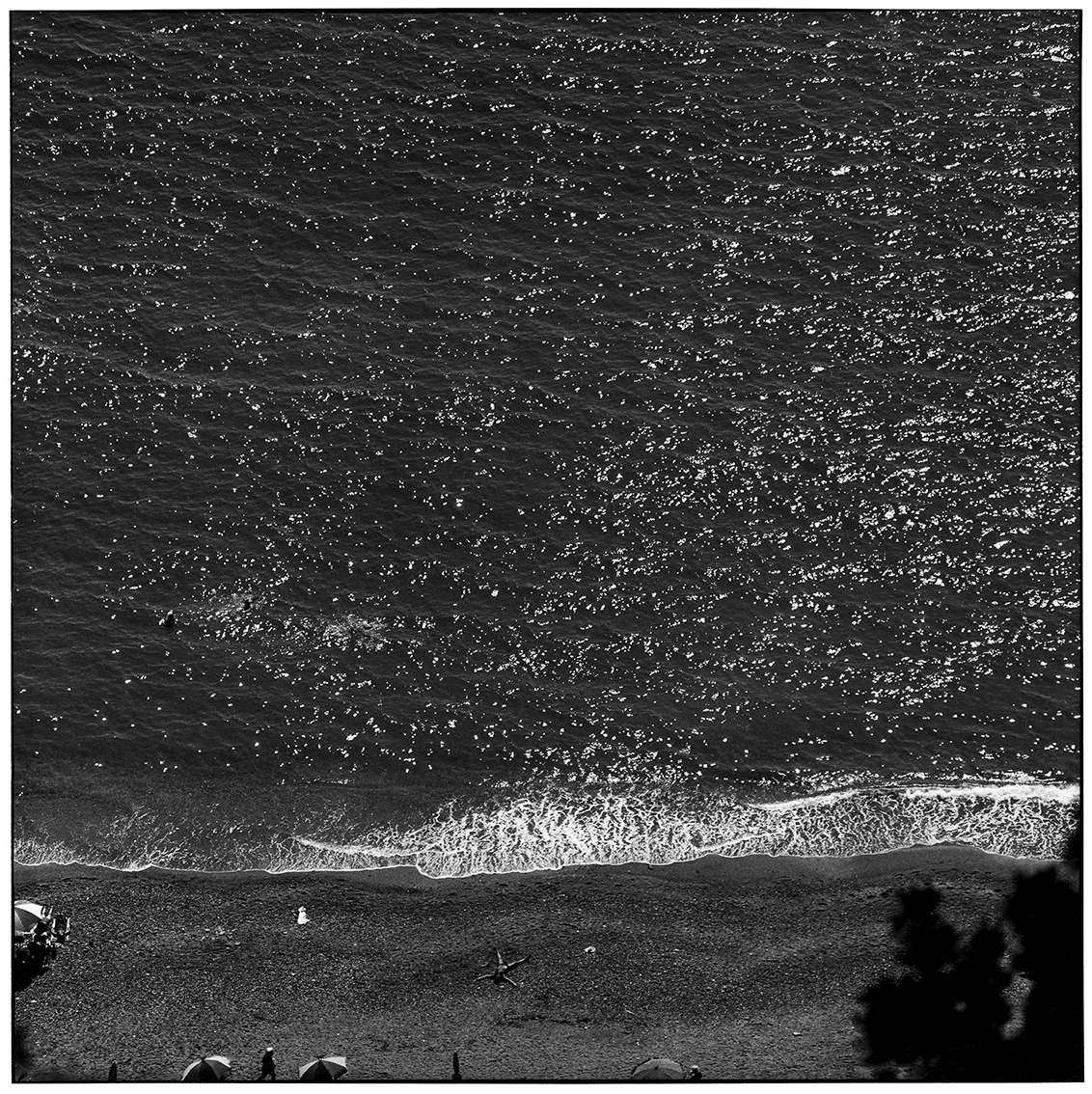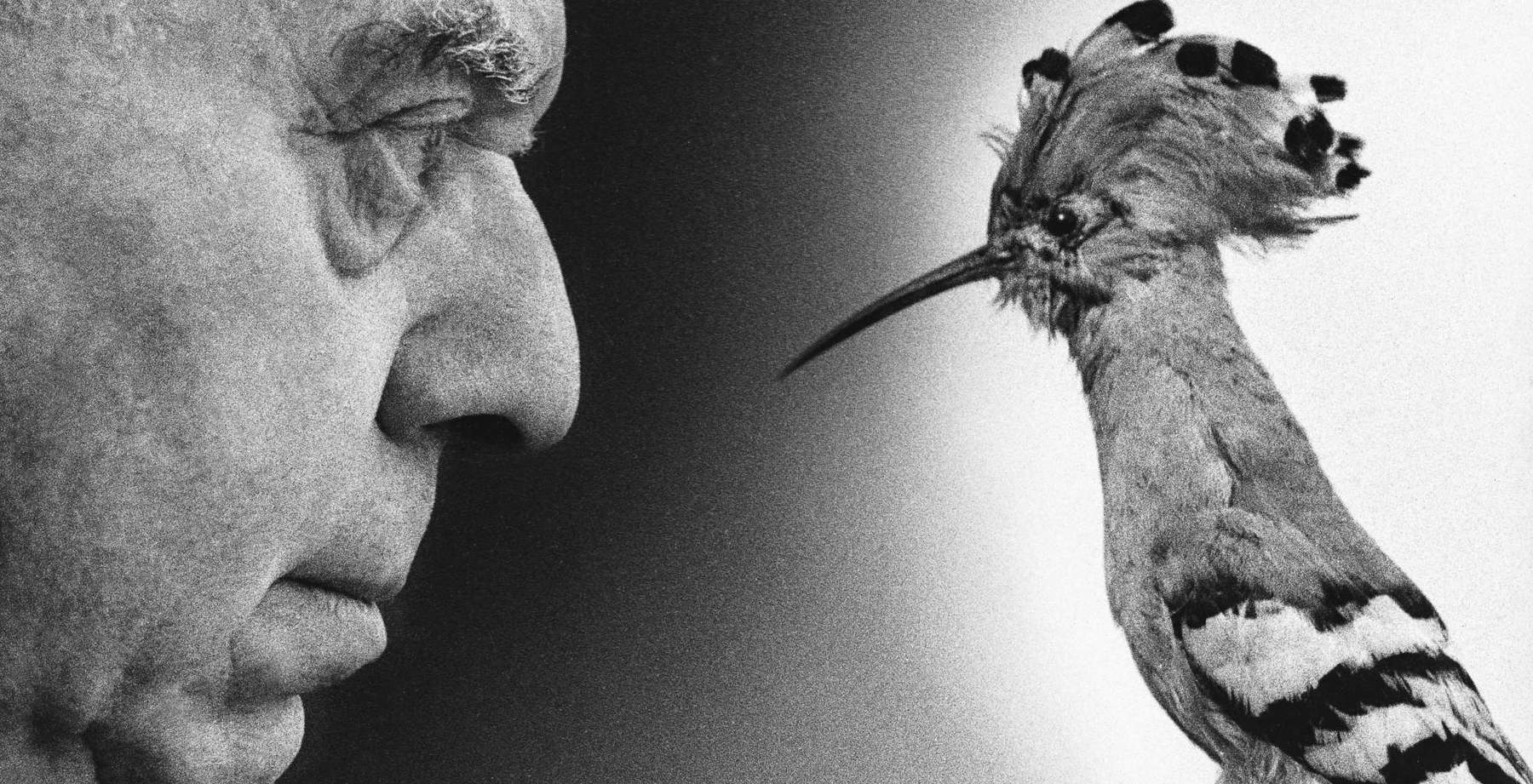Ugo Mulas' photographs of Montale on display in one of Italy's most beautiful places
From July 18, 2024 to February 16, 2025, FAI - Fondo per l’Ambiente Italiano ETS, in collaboration with theUgo Mulas Archive, presents the exhibition Ossi di Seppia. Ugo Mulas, Eugenio Montale, at theAbbazia di San Fruttuoso in Camogli (Genoa). This event offers an evocative dialogue between two great masters of Italian culture: photographer Ugo Mulas (Pozzolengo, 1928 - Milan, 1973) and poet Eugenio Montale (Genoa, 1896 - Milan, 1981), exploring the Ligurian landscape through photography and poetry.
Curated by Guido Risicato and theUgo Mulas Archive, the exhibition displays twenty-five black-and-white photographs taken by Ugo Mulas in 1962 in Monterosso, Cinque Terre. This place, where Montale spent his childhood, inspired his famous poetic collection Ossi di Seppia. Mulas’ images reflect the landscape evoked by Montale, capturing the feeling of absolute and solitude represented by the sea, the sun and the rocks.
Montale, in his “proto-Montale” period in 1925, published Ossi di Seppia, a collection in which his harsh, stony language already outlined the dark side of the human condition. Fascinated by Montale’s verses, Mulas decided to illustrate the collection for a magazine, traveling to Monterosso to translate the poetic sentiment expressed in the poems into images.
“I proposed to a magazine to make,” Mulas said, "photographs to illustrate Montale’s verses, especially Ossi di seppia, verses that I had loved very much as a boy and knew almost by heart and, above all, verses where the places and atmospheres, the weather is so well described that they invite illustrative research, precisely because after reading them a great desire comes upon one to know the places that inspired them. In Monterosso, in the Cinque Terre, where there was Montale’s house, the house where Montale spent his childhood, which now belongs to cousins, I think, Montale no longer wanted to return because the places, according to him, have been desecrated by these new constructions, by all this tourist and hotel business that has sprung up on these beaches that are so abandoned and virgin."
“More than these document photos that may also be interesting, what is important to render, is the general climate of the place, that is, to find those generic, non-specific elements that continually return, like a leitmotif throughout the book,” the photographer would write further about his reportage. The result is a photographic work characterized by the choice of unusual points of view and an intense lyricism completely adherent to the poet’s work, where the word finds a perfect correspondence with the image. For Stefano Verdino, professor of Italian literature at the University of Genoa, “the qualities of both the framing and the light of these shots have something peremptory about them, which fits admirably not in illustrative terms but in terms of expressive harmony with the always sharp and cutting verse of this early Montale.”
The exhibition follows the 2023 exhibition of Gianni Berengo Gardin ’s photographs dedicated to San Fruttuoso. With this new initiative, FAI continues to enhance art photography by presenting Mulas’ shots celebrating the Ligurian landscape. The goal is to offer the public an opportunity to discover and appreciate the landscape in depth, going beyond the postcard beauty for which it is famous. Through the artistic visions of Mulas and Montale, FAI intends to pursue its mission of educating people about the knowledge and protection of places, promoting a culture of respect for heritage among the citizens of today and tomorrow.
“In 1962, photographer Ugo Mulas,” explains curator Guido Risicato, "reached an intimacy he had never achieved with author Eugenio Montale and his Ossi di Seppia. The result is a work where photographs reach the pinnacle of the written word. The unusual viewpoints sketched by intense lyricism lead to a true symbiotic dimension between the two arts, a dance of images and words; the abstraction of the word is embodied in the images and finds its representation through the lines of the photographic image. In the 1960s, the body-environment dualism has now expanded its boundaries by going beyond the play of parts between reality and fiction. Ugo Mulas, in this managed to visually represent the message of Montale’s verses so divinely that even the poet, after seeing the images, exclaimed full of wonder, ’How did you do it! How you did it! Mulas showed how describing through images was possible and even more sought after. Exhibiting the work of Ugo Mulas at the Abbey of San Fruttuoso, a FAI - Fondo per l’Ambiente Italiano property, is intended to be a new chapter in the representation, through the photography of the great masters, of the land of Liguria, recounting the particularity and uniqueness of places compressed between land and sea."
"The landscape of Ossi di seppia is basically about four places: Monterosso, Genoa, Rapallo, and, on the thread of military war memory, Valmorbia in Trentino," explains Stefano Verdino, professor of Italian literature at the University of Genoa. "The presence of Monterosso is dominant and configures a landscape that is, so to speak, absolute, in the totality of its ingredients: sea, sky, rock, sun; if we then add the season, summer, we further increase the absolute terms with the corollary of aridity. A landscape that can have ruthless traits and not surprisingly manifests the seals of the ’evil of living’: ’the choked brook that gurgles,’ ’the wrapping of the parched leaf.’ His violent frontality also claims shelter; and here are two other essential ingredients: the family villa or house by the sea and its dense shady garden with the rich vegetable garden, a protective place, but also a place of peering toward the ’throbbing of the sea’ (see in summary Glory of the Distended Noon). Indeed, the interrogation to the landscape is far broader than the inappellable sentence of ’evil living,’ for dynamism is another essential visual and aural component: for a musician, sensitive to Debussy, such as this early Montale the varied concert between sea, wind, transcending of the sky entails careful observation in anticipation of events and unravelings: from the restorative rain, to a more radical upheaval that opens the ’dome of the sky,’ for the desired liberation from the earthly and cadenced passage of time. Mulas’s photographs perfectly account for these aspects of absoluteness and loneliness and the difficulty of human integration; in one of his writings Mulas analyzes one of his shots from the top of a rock: ’in front of the whole sea lying, with the sun completely against the light, so it had that almost milky color that the sea has when the sun is against it at noon, there was a bather lying there sunbathing, who, at a certain point, took a position by putting his back down, completely spreading his legs and arms: he looked like a starfish’. And then he evokes Riviere’s quoted verses about the squid bone tossed about by the waves, with their poignant yet unrealized longing. The qualities of both the framing and the light in these shots have something peremptory about them, fitting admirably not in illustrative terms but in terms of expressive attunement to the always sharp and crisp verse of this early Montale."



 |
| Ugo Mulas' photographs of Montale on display in one of Italy's most beautiful places |
Warning: the translation into English of the original Italian article was created using automatic tools. We undertake to review all articles, but we do not guarantee the total absence of inaccuracies in the translation due to the program. You can find the original by clicking on the ITA button. If you find any mistake,please contact us.




























